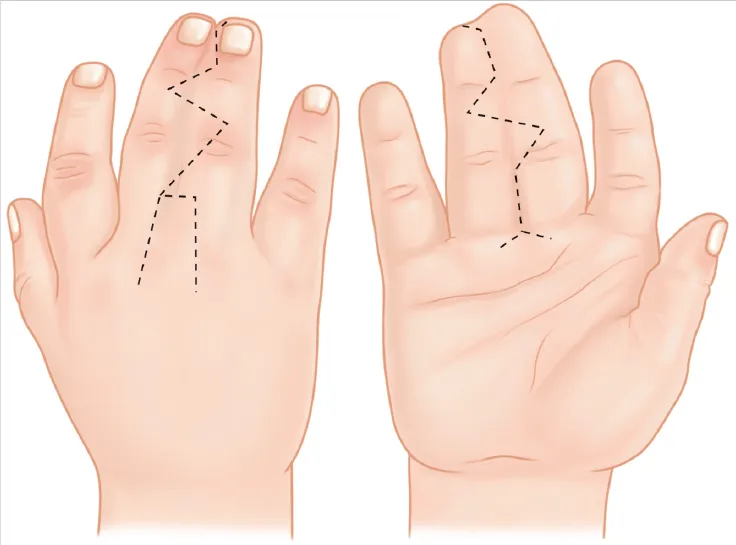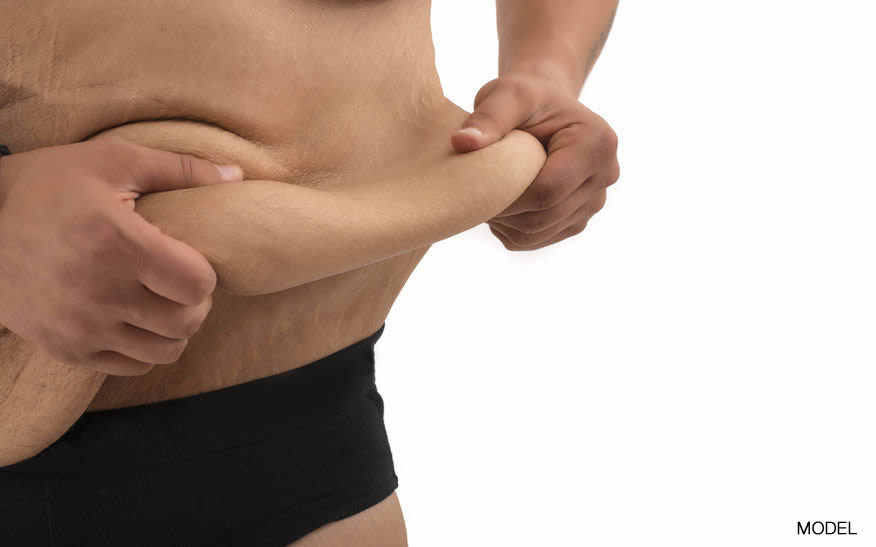Introduction
Welcome to this comprehensive guide on syndactyly, a congenital condition characterized by the fusion of two or more fingers or toes. In this article, we will delve into the various aspects of syndactyly, including its causes, diagnosis, treatment options, and expert insights from Dr. Faisal Ameer, a highly skilled and board-certified plastic surgeon based in Dubai, specializing in pediatric plastic surgery.
Syndactyly: An Overview
Syndactyly is a relatively common congenital anomaly that affects approximately 1 in every 2,500 births. It occurs when the tissues between the fingers or toes fail to separate properly during fetal development. The extent of fusion can vary, ranging from a simple webbing between adjacent digits to a more complex fusion involving multiple digits.
Causes of Syndactyly
The exact causes of syndactyly are not yet fully understood. However, several factors may contribute to the development of this condition. These include genetic mutations, exposure to certain medications or substances during pregnancy, and environmental factors. Syndactyly can also be associated with certain genetic syndromes, such as Apert syndrome or Poland syndrome.
Types of Syndactyly
Syndactyly is classified into different types based on the extent and location of the fusion. The most common types include:
- Simple Syndactyly: In this type, only the soft tissues between the digits are fused, while the bones remain separate.
- Complex Syndactyly: This type involves both soft tissue and bony fusion, leading to more extensive and complex webbing.
- Complete Syndactyly: Here, the entire length of the digits is fused, resulting in a single digit with multiple nails.
- Incomplete Syndactyly: In this type, the fusion is partial, and there may be varying degrees of separation between the digits.
Syndactyly Treatment Options
Early diagnosis and intervention are crucial in the management of syndactyly. The treatment approach depends on the severity of the condition and the functional impact on the affected hand or foot. Dr. Faisal Ameer, an expert in pediatric plastic surgery, specializes in providing personalized treatment plans for children with syndactyly, ensuring optimal outcomes.
Non-Surgical Treatments
In mild cases of syndactyly, where the webbing does not significantly affect hand or foot function, non-surgical treatments may be considered. These options aim to enhance mobility and appearance through non-invasive methods, such as:
- Physical therapy: Specific exercises and stretches can help improve range of motion and dexterity in the affected digits.
- Occupational therapy: Occupational therapists can provide specialized training and adaptive strategies to optimize hand function in daily activities.
Surgical Interventions
When syndactyly significantly impacts hand or foot function or when there are cosmetic concerns, surgical intervention is often recommended. Dr. Faisal Ameer is well-versed in a variety of surgical techniques for syndactyly repair, including:
- Web Space Release: This procedure involves surgically separating the fused digits, followed by the reconstruction of the soft tissues and correction of any associated abnormalities.
- Skin Grafting: In cases where there is a shortage of skin after separation, a skin graft may be used to cover the raw areas and promote healing.
- Osteotomy: If the bones are fused, osteotomy may be performed to separate them, allowing for proper alignment and function.
Expert Insights from Dr. Faisal Ameer
As a highly skilled plastic surgeon with a specialization in pediatric plastic surgery, Dr. Faisal Ameer brings a wealth of experience and expertise to the field of syndactyly treatment. His commitment to providing the highest standard of care is evident in his successful track record of helping children with syndactyly achieve improved hand or foot function and enhanced quality of life.
Frequently Asked Questions (FAQs)
To address some common queries about syndactyly, here are answers to frequently asked questions:
- What is the main cause of syndactyly?
- Syndactyly can have various causes, including genetic mutations, environmental factors, and exposure to certain medications during pregnancy.
- Can syndactyly be detected during pregnancy?
- In some cases, syndactyly can be detected during prenatal ultrasound examinations. However, a definitive diagnosis is usually made after birth.
- Is syndactyly a painful condition?
- Syndactyly itself is not typically painful. However, the condition may cause functional limitations and affect the overall appearance of the hand or foot.
- At what age is syndactyly surgery performed?
- Syndactyly surgery is often performed within the first year of life to optimize hand or foot function and promote normal growth and development.
- Are there any long-term complications associated with syndactyly surgery?
- With proper surgical techniques and post-operative care, the risk of long-term complications is minimal. However, close follow-up with the surgeon is essential to monitor healing and address any concerns.
- What is the recovery process like after syndactyly surgery?
- The recovery process varies depending on the extent of surgery. Rehabilitation, including physical therapy, may be recommended to promote healing, restore function, and optimize outcomes.
Conclusion
Syndactyly is a congenital condition that requires specialized care and expertise for optimal management. Dr. Faisal Ameer, a board-certified plastic surgeon based in Dubai, possesses the necessary skills and experience to provide comprehensive and personalized treatment options for children with syndactyly. With his commitment to excellence and patient-centered approach, Dr. Faisal Ameer has become a trusted authority in pediatric plastic surgery.
Remember, early intervention is crucial in addressing syndactyly, and seeking expert medical advice is paramount. If you have any concerns or questions about syndactyly or pediatric plastic surgery, consult with Dr. Faisal Ameer for professional guidance and personalized care.






